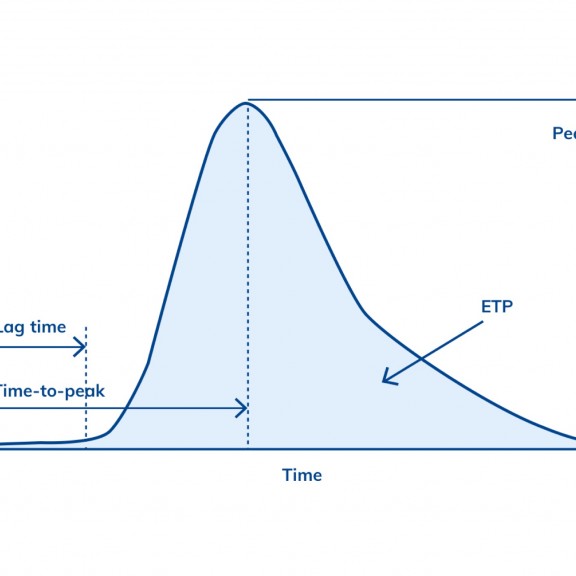Thrombin generation assay (TGA)
Thrombin generation capacity could be used as a predictive tool to personalise ITI therapy
Patients with haemophilia can have varied bleeding tendencies despite having similar plasma levels of FVIII and the same underlying mutation1,2. Thrombin generation capacity has been shown to correlate with bleeding phenotype in patients with severe haemophilia A1,2.
Endogenous thrombin potential and bleeding frequency in patients with severe haemophilia A

The thrombin generation assay (TGA) is a global haemostasis assay. TGA has demonstrated potential clinical use for predicting treatment response in patients with inhibitors undergoing surgery4 and for personalising treatment of breakthrough bleeds in patients treated with emicizumab5.
Thrombin generation assay sub-study
Sub-study lead investigator

Yesim Dargaud
Consultant Haematologist and Associate Professor, University of Bron,
Bron, France
MOTIVATE will use TGA to evaluate the correlation between clinical bleeding phenotype of patients and their thrombin generation capacity before and during inhibitor treatment.
What is needed for this analysis?
A blood sample of 3 mL blood before and 30–60 min after the first treatment
- Santagostino E et al. <i>J Thromb Haemost</i> 2010; 8:737-43
- Dargaud Y et al. <i>Thromb Haemost</i> 2005; 93:475-80
- Dargaud Y et al. <i>Haemophilia</i> 2018; 24:619-27
- Dargaud Y et al. <i>Blood</i> 2010; 116:5734-7
- Dargaud Y et al. <i>Haematologica</i> 2018; 103:e183
References:
